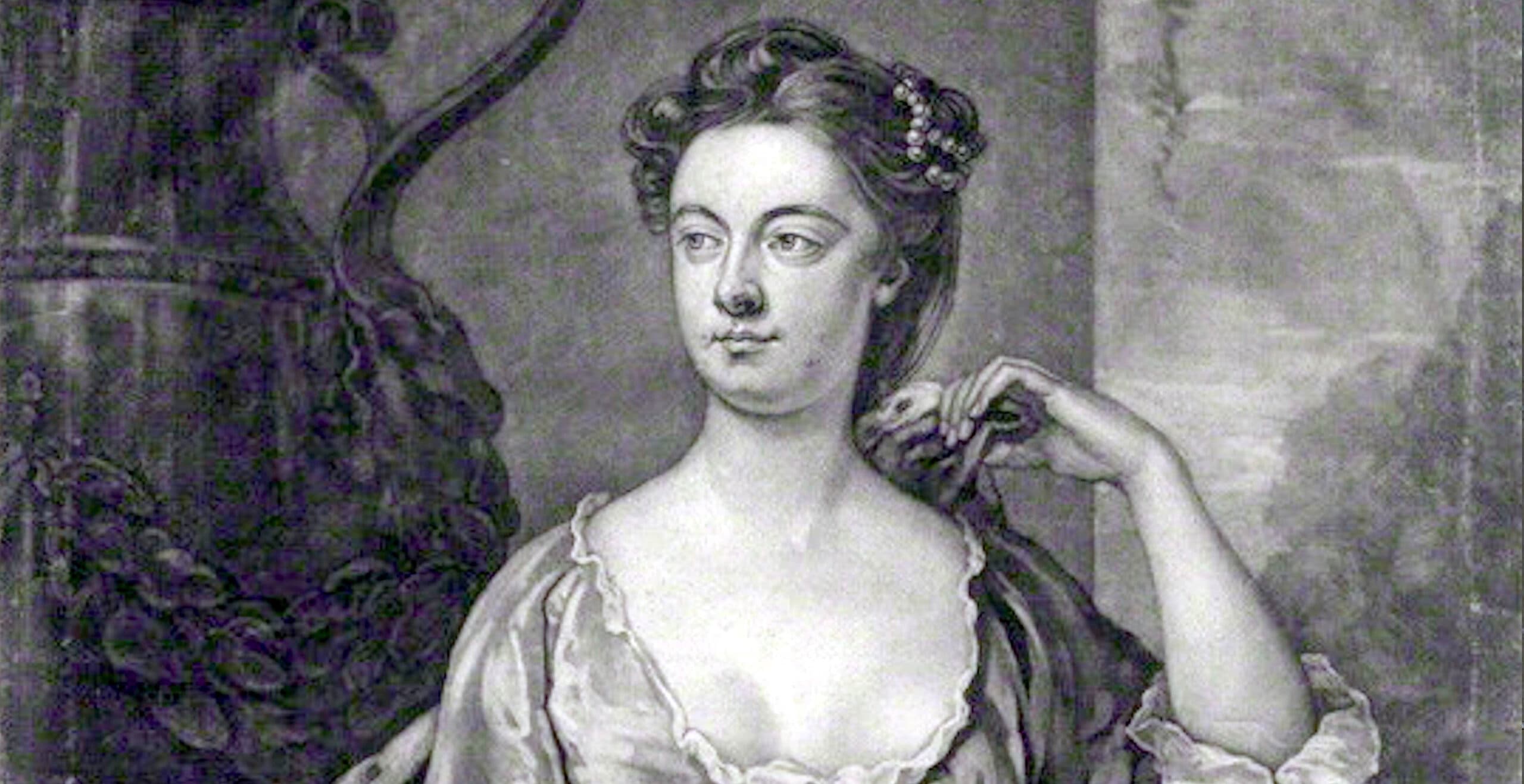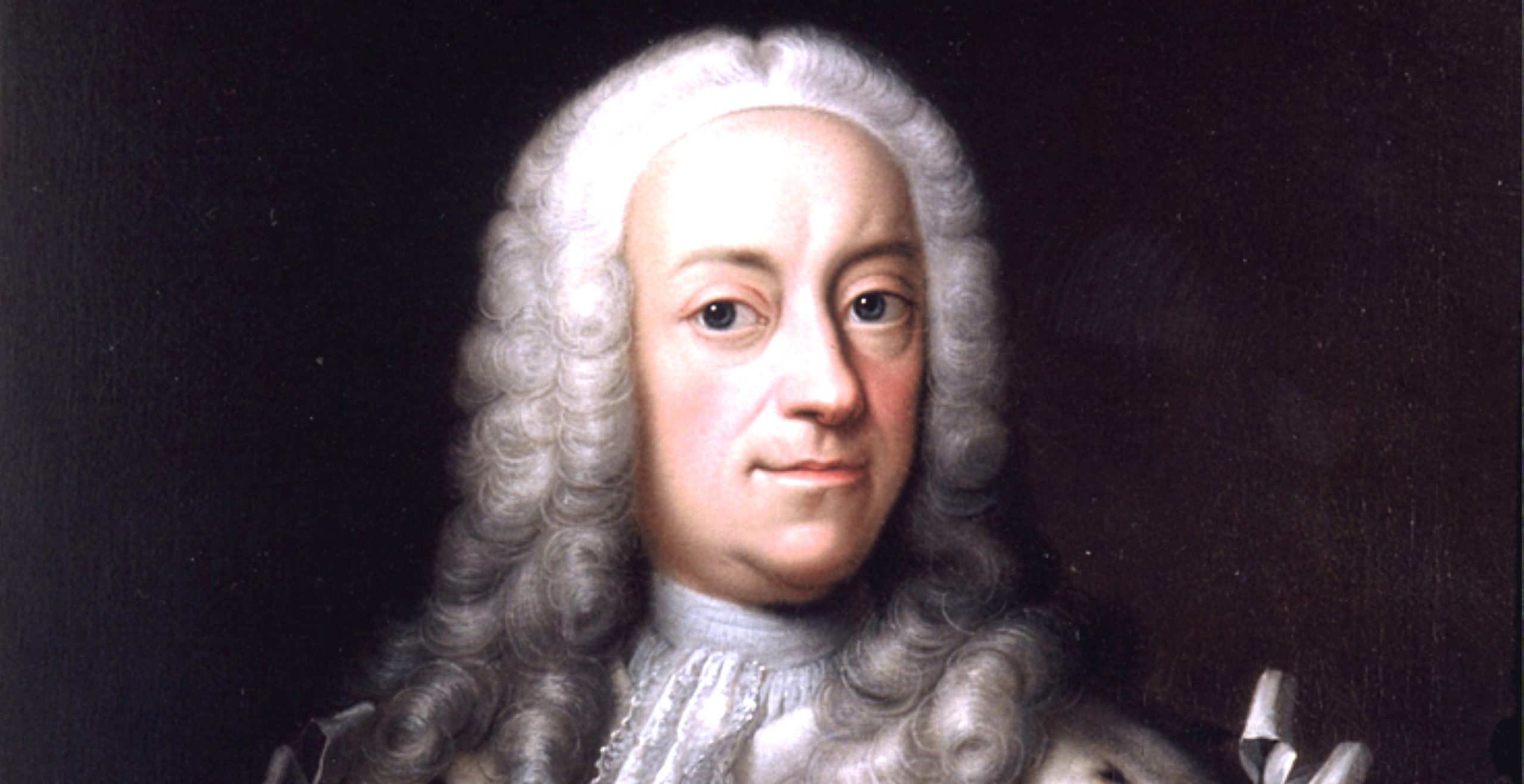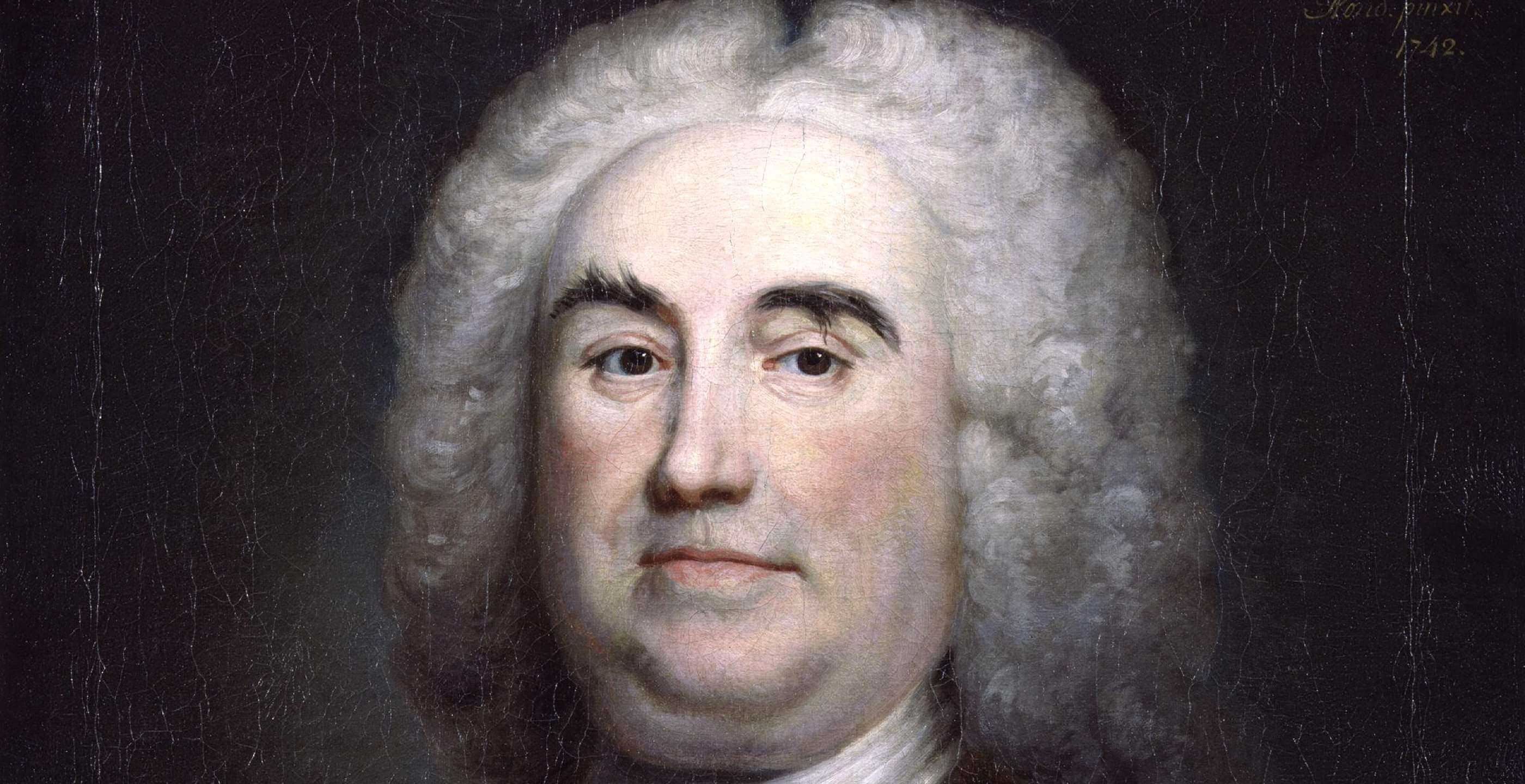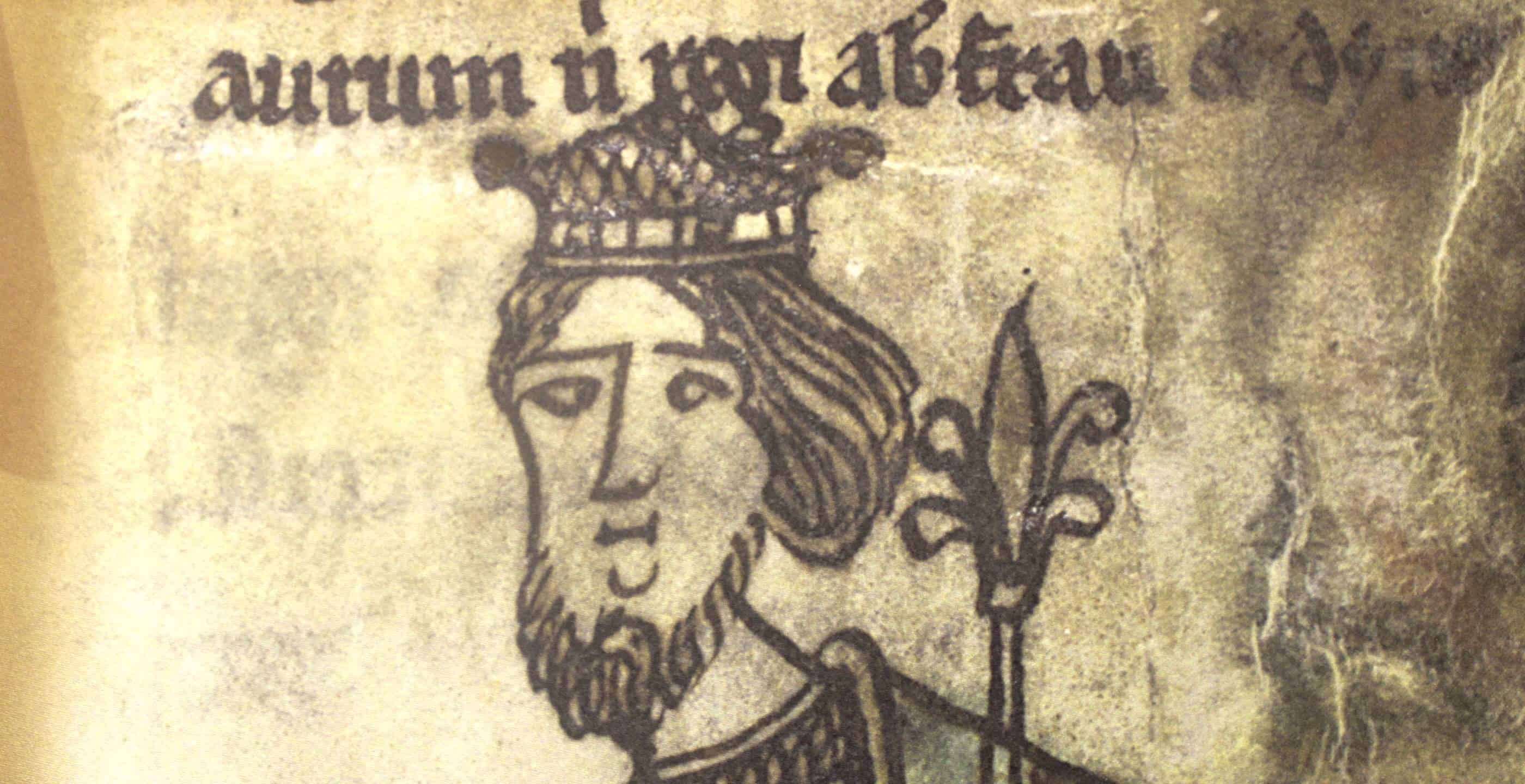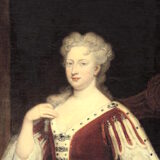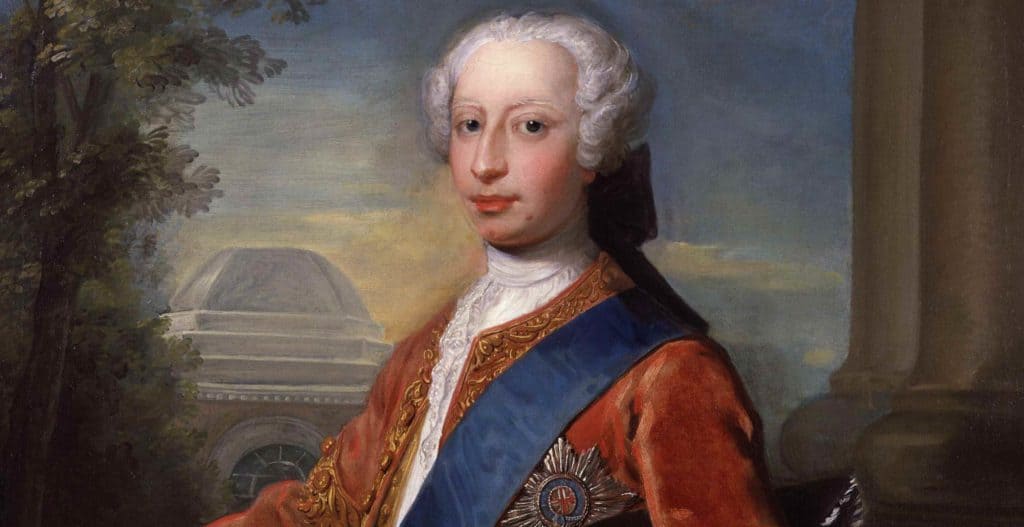Better known as the mistress of Frederick, Prince of Wales, Anne Vane was a woman marred by scandal in the highest echelons of society.
A mistress, lover and mother to two illegitimate children born to the Prince of Wales, Anne Vane’s story has since gained considerable notoriety.
Her life began in 1710, born to Gilbert Vane, 2nd Baron Barnard and his wife, Mary Randyll who had her own scandalous background. She was the first daughter and sister to the future politician Henry Vane who became the 1st Earl of Darlington.
Both her childhood and adolescence passed without much record and her first appearance in royal circles came about at the age of fifteen when she served as Maid of Honour to Caroline, the Queen Consort and wife of George II.
Through these connections, the young Anne Vane was introduced to Caroline’s son and heir to the throne, Frederick. Once he arrived in England in 1728, he was subsequently made Prince of Wales and not long afterwards began a torrid affair with Vane.
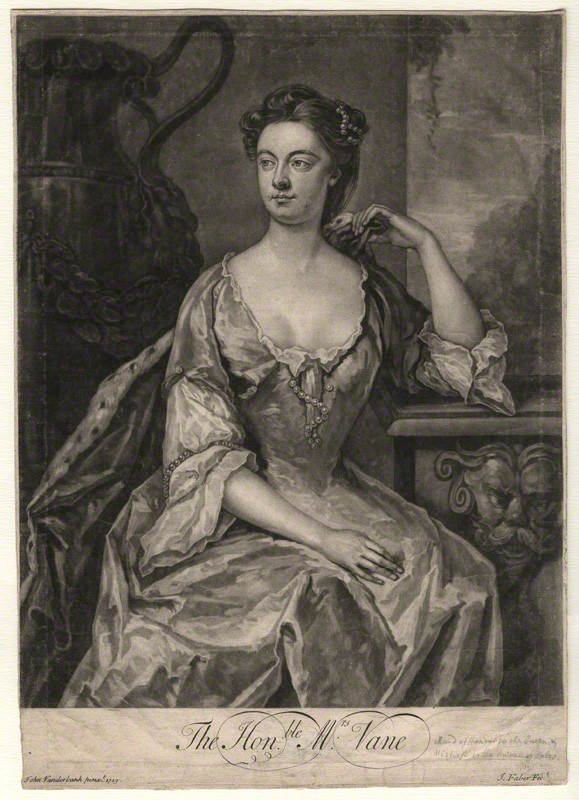
The young Prince Frederick had been seven years old when his parents were called upon to leave Hanover, the place of his birth. For the young boy, his separation from his parents would forever have a detrimental effect on their relationship as he was not to see them for another fourteen years.
In 1728, Frederick arrived in Great Britain after his father became King George II. Upon his arrival, he soon garnered a reputation for being keen to enjoy all that high society life could offer him. This would in time come to include alcohol, gambling and numerous sexual liaisons.
His love of the social scene did not however diminish the fact that he was a great patron of the arts, playing the viola and cello and enjoying the natural sciences and artwork. Anne Vane, who was both young and in receipt of a typical education of a woman of her class would also have embraced the arts and perhaps formed such a bond over common interests when they first met.
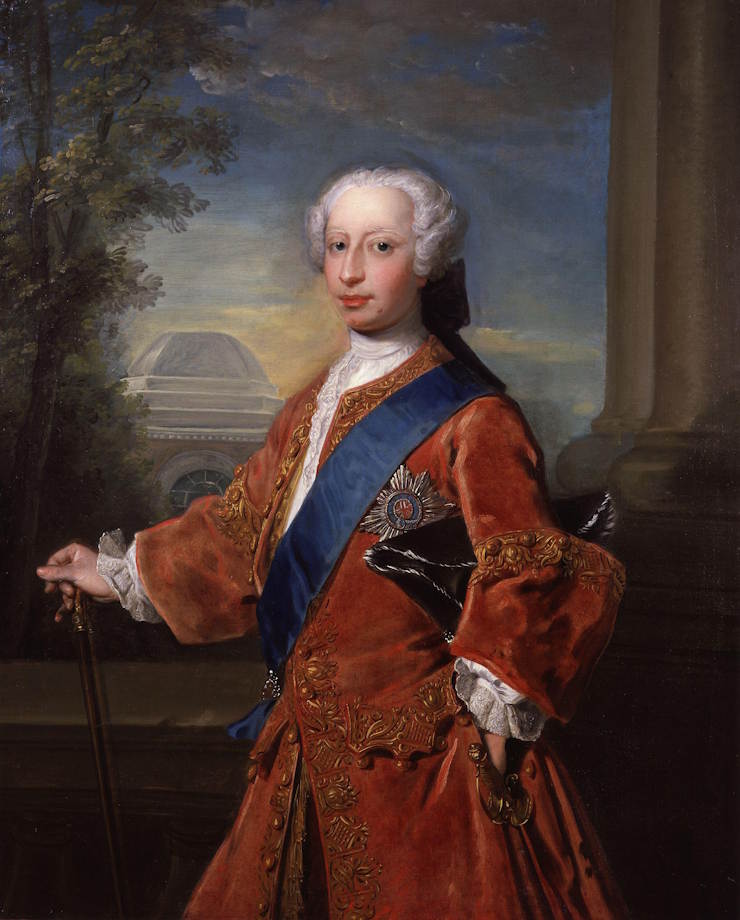
The court gossip and close personal friend, Lord Hervey commented on Frederick’s desire to oppose his parents in almost all matters. The two friends went on to write a theatrical comedy together which was slated by the critics. The two men would in time have much in common as they also shared the common interest of Anne Vane, who became lover to both men.
Anne’s role as royal mistress was initially kept under wraps however it soon reached the public domain as Prince Frederick was well-known as a womaniser.
This situation however was further complicated by the addition of another lover, as during the same time, Anne became romantically linked to Lord Harrington and Lord Hervey.
Lord Hervey was an English courtier and political writer known for his very revealing memoirs about King George II which also detailed his contempt for Prince Frederick who had previously been his friend but who he had fallen out with after vying to share the affections of Anne Vane.
Hervey himself was bisexual and lived with a man called Stephen Fox whilst also engaging in an affair with Anne and a host of other society ladies.
Meanwhile, Anne’s other lover was William Stanhope, 1st Earl of Harrington who was both a statesman and diplomat who had an eventful career which he balanced alongside his tryst with Anne Vane.
The nature of their relationship was subsequently recorded byHorace Walpole in his publication, ‘Memoirs of the Reign of King George II’ where he outlined Frederick’s sexual exploits with surprising detail.
“Miss (Vane), whom he had debauched without loving, and who had been debauched without loving him so well as either Lord Harrington or Lord Hervey, who both pretended to her first favours, had no other charms than of being a Maid of Honour, who was willing to cease to be so upon the first opportunity”.
These withering comments by Walpole pushed Anne Vane and her relationship into the spotlight and contributed to the notorious legacy which she left behind.
Her tryst with the Prince of Wales was well-known as she often entertained his guests and hosted parties at her house, which was a gift from the prince.
Very soon, as a result of their affair, Vane gave birth to a son, an illegitimate royal son and was allowed to recover at St James’s Palace. Her first born was called Cornwell Fitz-Frederick Vane (Fitz-Frederick meaning child of Frederick). The paternity of the child however was called into question as the politician Horace Walpole recorded that both Lord Hervey and Lord Harrington had told him that Cornwell was in fact their son. With no way of proving paternity, speculation continued.
After falling pregnant, Anne requested a leave of absence which was granted by Frederick.
Once she had given birth to her son, the relationship was discussed with more frankness as the boy soon was publicly christened and went by the name Fitz-Frederick Vane. Unfortunately, this did little to quell suspicion regarding paternity as rumours swirled around the court.
Nonetheless, Prince Frederick believed the child to be his and with no way of proving or disproving it was accepted to be true.
After the birth of her son, Anne soon moved into a new home in Grosvenor Square where she lived next to the Bishop of Salisbury. Owing to her high status and the common knowledge of her role as royal mistress, Anne during this time developed an almost celebrity profile which merely fanned the flames of speculation, gossip and scandal.
Within the publications in which she was featured, the portrayal of Anne was very much as a ‘fallen woman’, and became the source of a character called ‘Vanella’ which served as a didactic message to all women who entertained ideas of lust and sex outside of marriage.
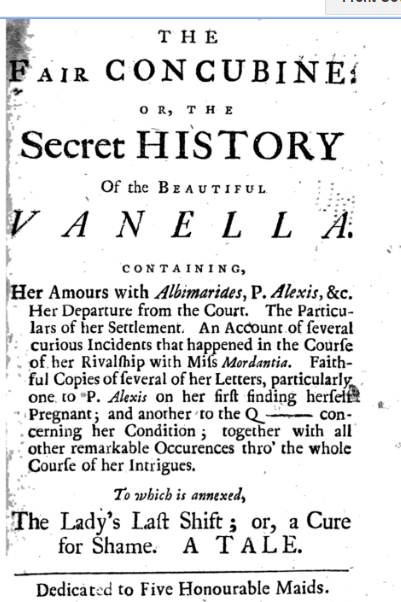
She was the butt of many jokes in the form of stories, plays, poems and the favoured forms of satire at the time.
A year after the birth of their first child, Anne Vane welcomed a daughter called Amelia FitzFrederick into the world, however tragically the baby died after only one day.
Meanwhile, Frederick’s parents were keen to see him make a good match, however several prospective brides fell through, such as Frederick William I of Prussia’s daughter Wilhelmine, as well as Lady Diana Spencer, daughter of Charles Spencer and Lady Anne Churchill. Eventually a suitable bride was found in the form of sixteen year old Augusta of Saxe-Gotha.
Sadly for Anne, Frederick began to distance himself from their relationship as more rumours emerged of another tryst which had resulted in the birth of another child, this time from the chambermaid who worked for Anne.
The prince meanwhile had hoped that to avoid any further scandals, Anne would leave for the continent whilst her son could remain and continue his education in England.
In this matter, like all others, Anne did not back down and ignored such a proposition, instead retaining her house in Grosvenor Square, keeping her child in her care and guaranteeing an annual income of £1600 was not rescinded.
Sadly at this point, Anne’s health began to suffer. With the hope of improving her condition she travelled to Bath in order to use the water. Unfortunately, this did little to improve her condition which was compounded by news that her son Fitz-Frederick had passed away from convulsions.
Only a few weeks later, Anne Vane died, leaving behind her scandalous reputation as a royal mistress.
Prince Frederick was said to have been distressed upon hearing news of the death of his son, however in the same year his union with Augusta of Saxe-Gotha was cemented by marriage and the couple went on to have nine children.
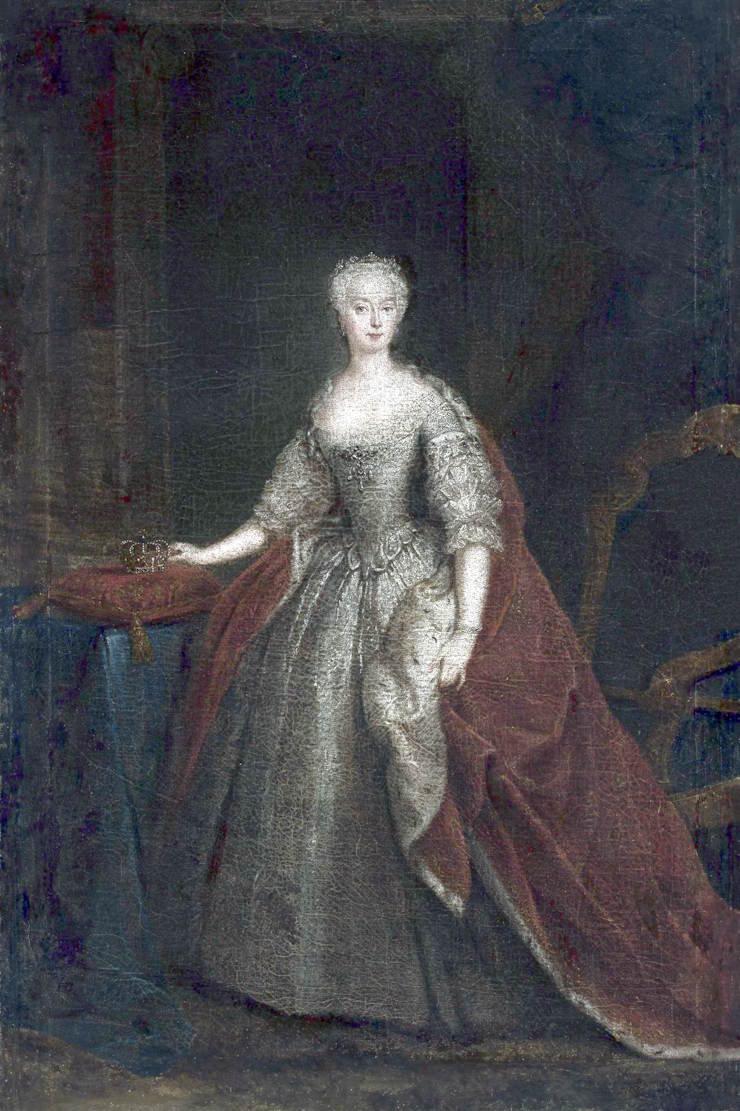
Prince Frederick however would never live long enough to become king as he passed away at the age of 44 in 1751. The Crown thus passed on to his son with Augusta, the future King George III.
Whilst the royal family moved on from the scandalous escapades of Prince Frederick and embraced a new generation on the throne, Anne Vane and the prince’s tryst remained a notorious scandal discussed for years to come. Her status as a ‘fallen woman’ forever cemented by the judgement of her peers, Anne Vane had entered into a lustful liaison and paid a very heavy price.
Jessica Brain is a freelance writer specialising in history. Based in Kent and a lover of all things historical.
Published: 23rd June 2025.
